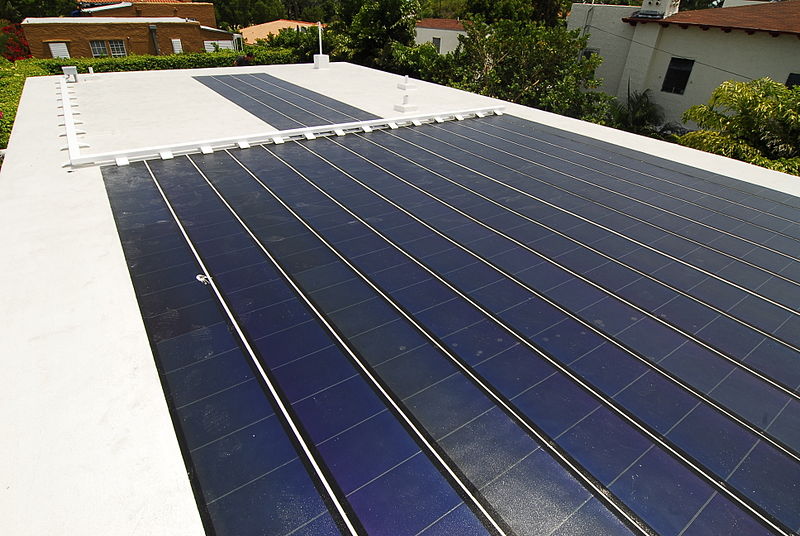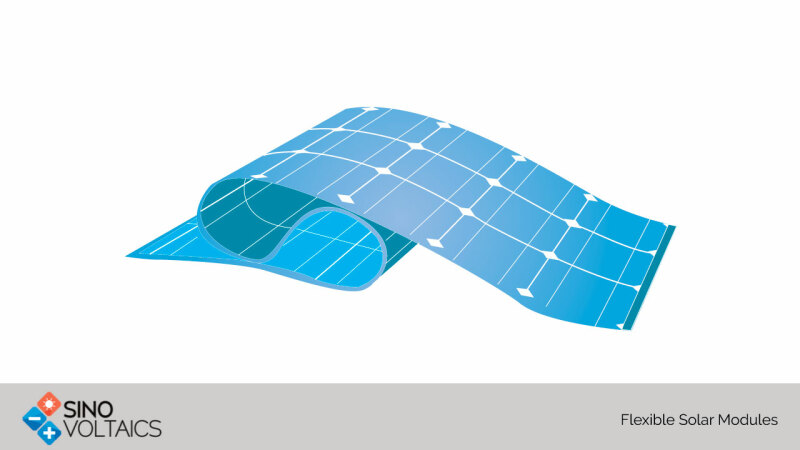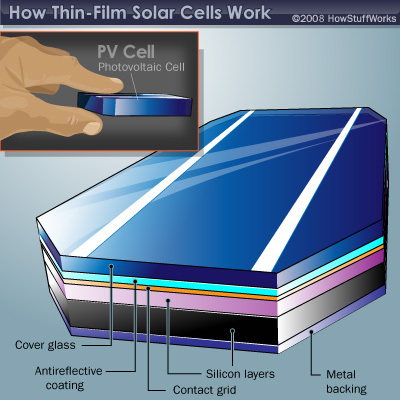
Thin Film Solar PV
Thin Film Solar PV Energy Modules- the fruit of marriage between perovskites and CIGS
Why is it important
Why are researchers running after thin film technologies to produce photovoltaic cells? Its technologies have poorer efficiencies, about half of that for the reigning champions-crystalline silicon. That is because thin film processing offers the prospect of drastic reductions in production cost. What holds thin film solar cells from gaining the championship crown is the low conversion efficiencies of the various materials, reaching at best to about 12 percent for perovskites. To clarify, read here: https://sinovoltaics.com/learning-center/solar-panels/thin-film-modules/.

Collaboration
Happy news has now come from a conference- the PSCO International Conference in Geneva. During the conference, researchers from Karlsruhe Institute of Technology (KIT) and Centre for Solar Energy and Hydrogen Research Baden-Württemberg (ZSW) of Germany, and the Belgian research institute IMEC together with the Institute for Contemporary Publishing Archives (IMEC) of Belgium demonstrate how ‘cooperation’ between materials can also achieve enhanced levels of effectiveness.
Meanwhile, they have a thin film solar module using perovskite and CIGS layers in tandem. The module achieves 17.8 percent in efficiency, beating for the first time the efficiencies given separately by perovskite and Copper-Indium-CIGS solar modules. The stacking is aimed at utilizing a greater part of the solar spectrum. Furthermore, Semitransparent perovskite film forms the upper layer to convert the high energy (shorter wavelengths) portion of the solar spectrum. And, the lower layer absorbs the infrared portion.

Promising Results and Achievement
Professor Michael Powalla, head of the Thin-film Photovoltaics Division at KIT and head of the Photovoltaics Division at ZSW, points out: "The novel stacked module is an elegant way of making optimum use of a large part of the solar spectrum by combining the advantages of two highly innovative thin-film technologies". Whereas the semitransparent upper perovskite solar module efficiently absorbs the high-energy portion of the solar spectrum, the lower Copper indium gallium selenide (CIGS).
The prototype has achieved a resultant energy conversion efficiency of 17.8 percent. Currently, perovskite modules on this scale can alone achieve up to 15.3 percent conversion efficiency. While CIGS current record is about 15.7 percent, and the reference CIGS solar module alone has an efficiency record of 15.7 percent. A major advantage of the development, apart from cost is large scale processing. In conclusion, the process is simply scale with virtually no limits.
To learn more : https://www.nrel.gov/materials-science/thin-film.html.
